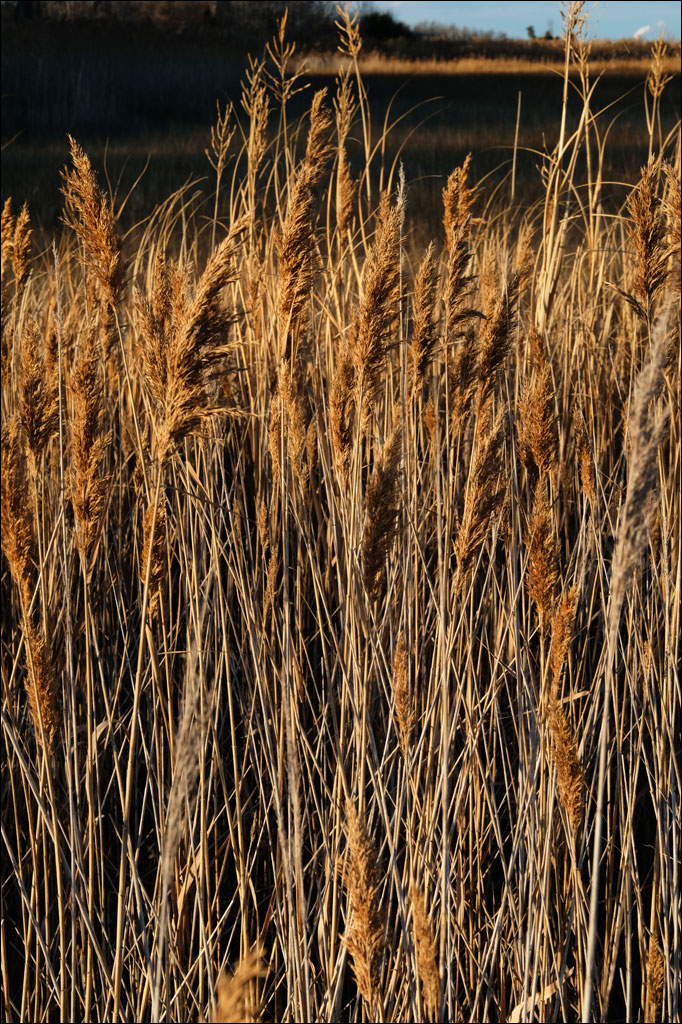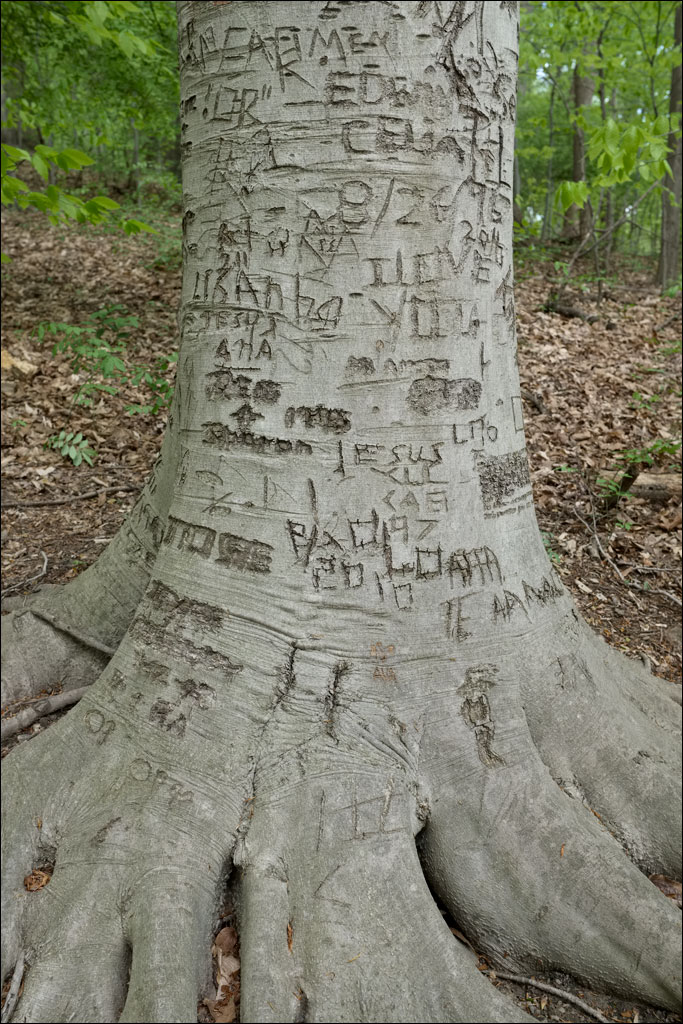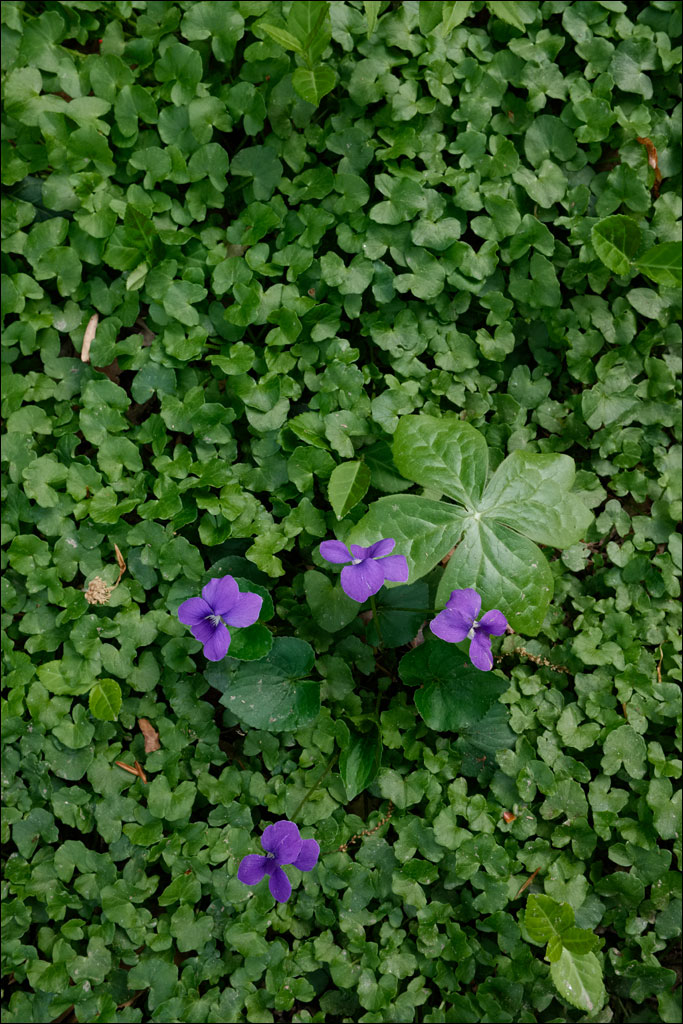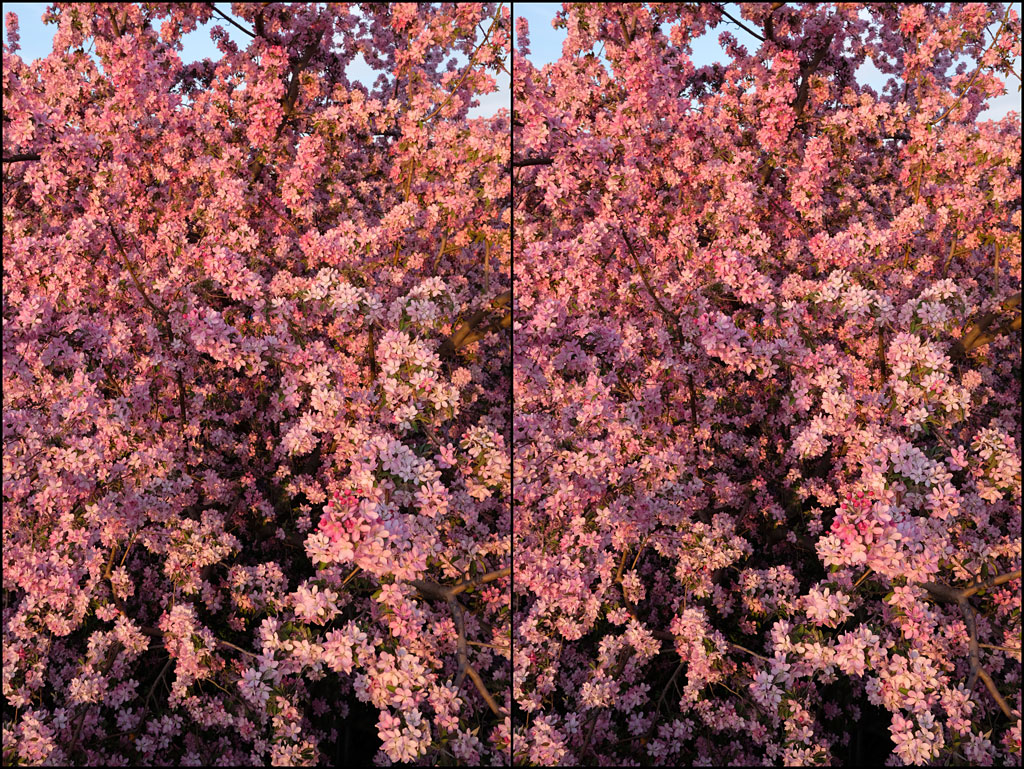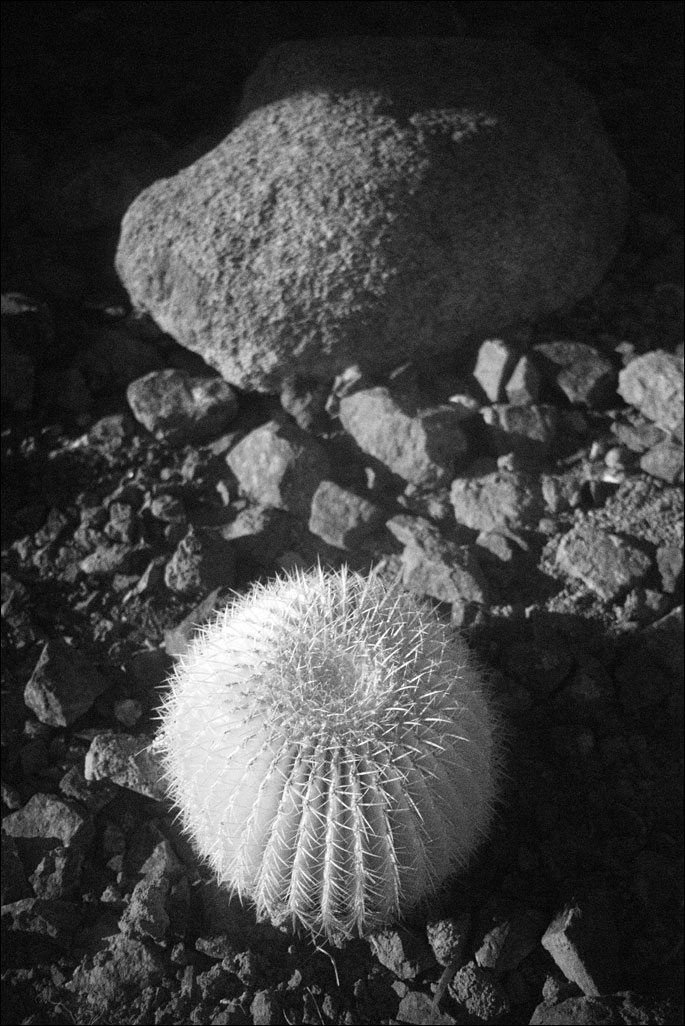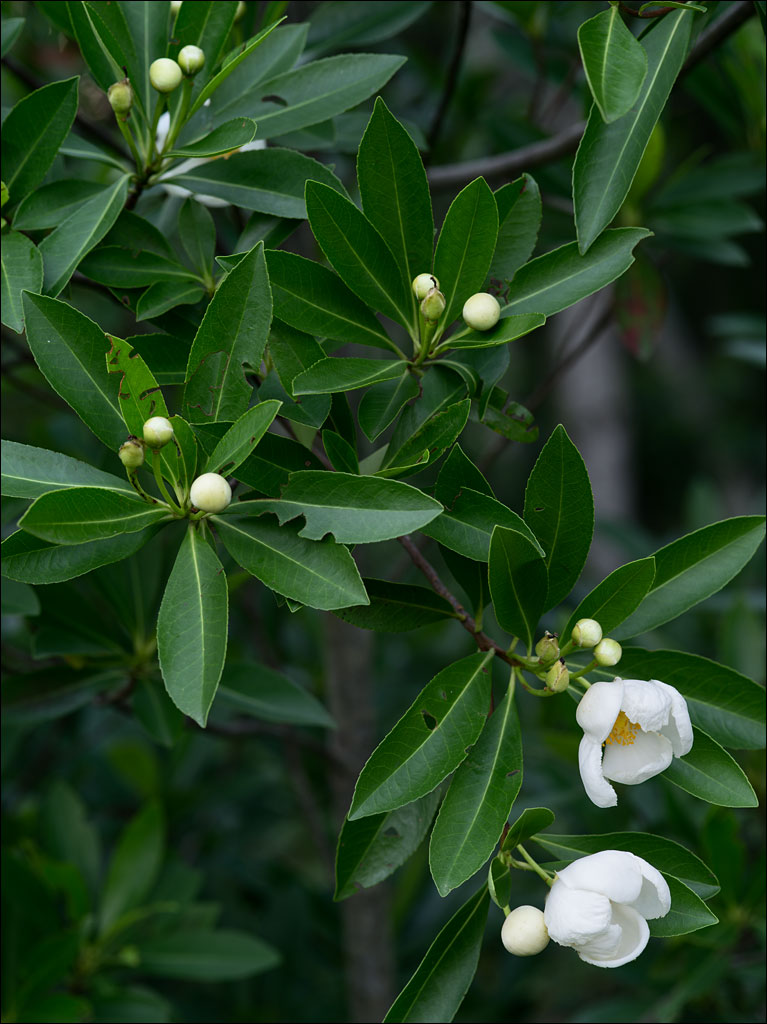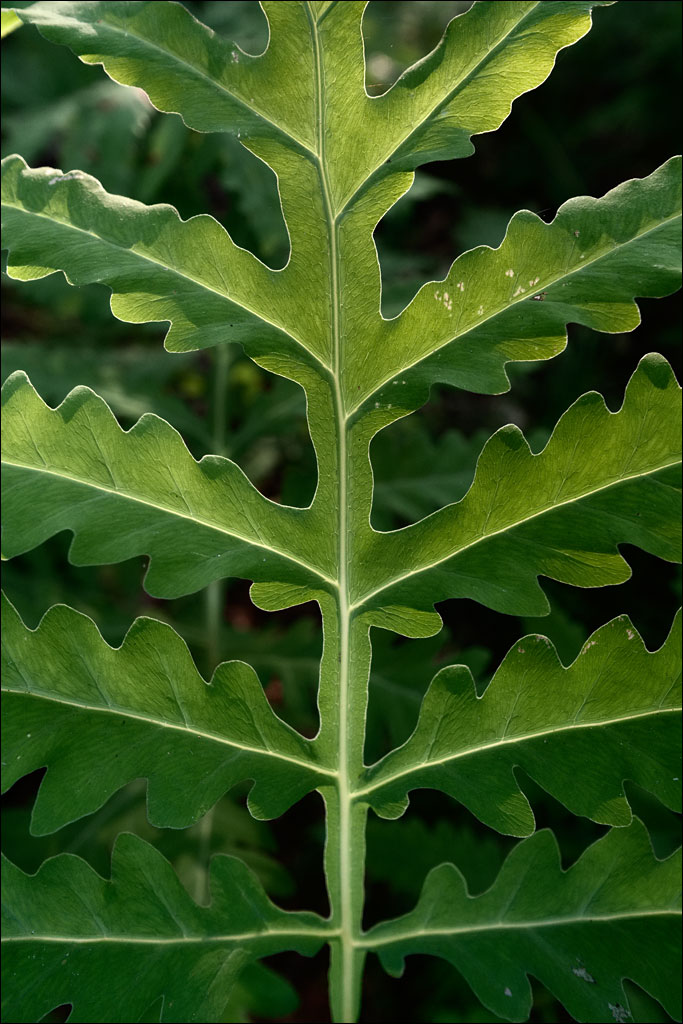Tag Archives: Wild Plants
Defaced
Violets
KC Cherry Blossom Stereo
Cactus
Magnolia
Forest Fern
Blue Spruce—Edible Plants
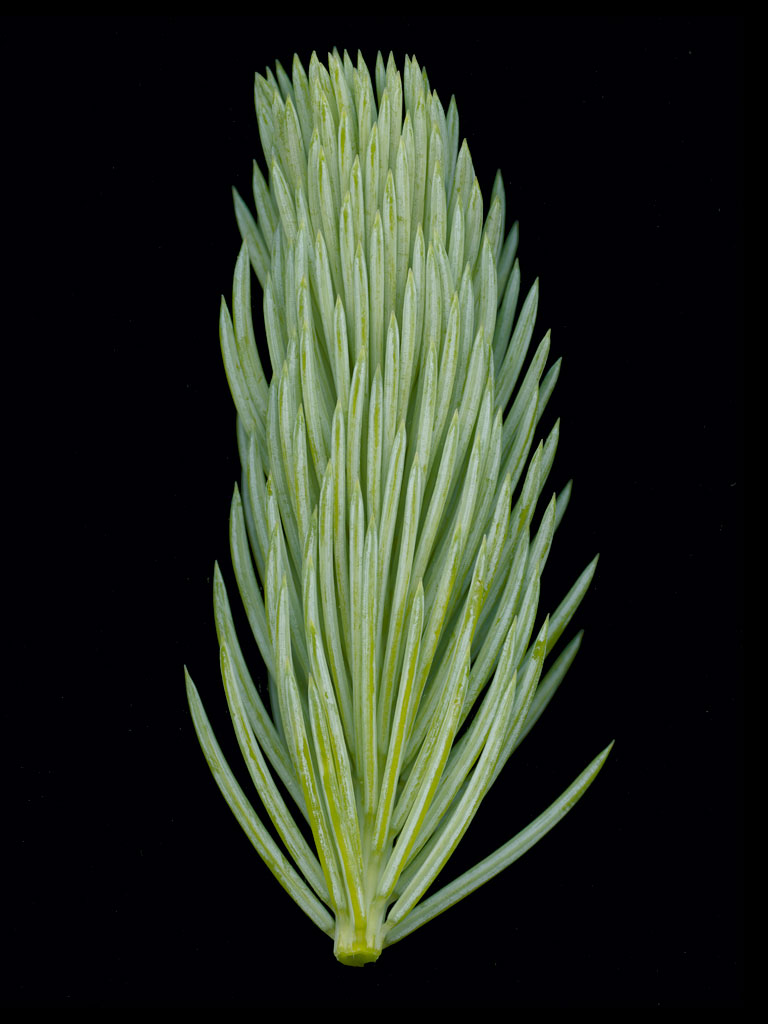 Blue spruce, picea pungens, is native to the Rocky Mountains, but can be found as ornamental trees throughout the United States. The young shoots can be used to make tea high in vitamin C. This bitter, resinous drink is surprisingly refreshing, although it is not uncommon for people to add a sweetener. Click on the image for a larger view.
Blue spruce, picea pungens, is native to the Rocky Mountains, but can be found as ornamental trees throughout the United States. The young shoots can be used to make tea high in vitamin C. This bitter, resinous drink is surprisingly refreshing, although it is not uncommon for people to add a sweetener. Click on the image for a larger view.
Spring Trillium
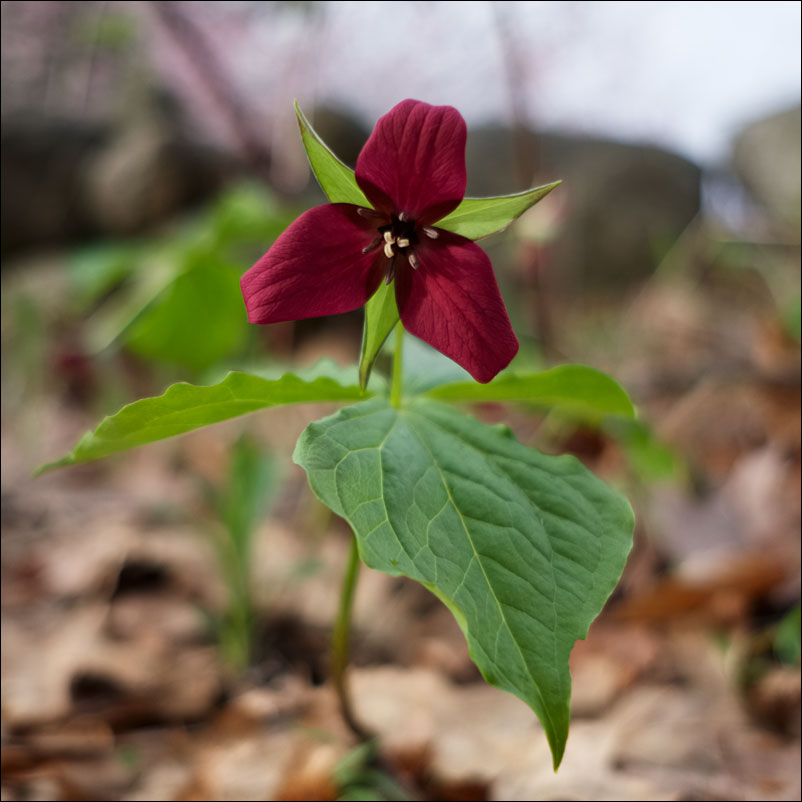 Red trillium, or wake robin, is appearing on the forest floor. It is one of the first flowers of the season, taking advantage of the light before the foliage returns. Trillium is a striking plant, but its scent of rotting meat is for a slightly different audience. Click on the image for a larger view.
Red trillium, or wake robin, is appearing on the forest floor. It is one of the first flowers of the season, taking advantage of the light before the foliage returns. Trillium is a striking plant, but its scent of rotting meat is for a slightly different audience. Click on the image for a larger view.
Winter Blackberries
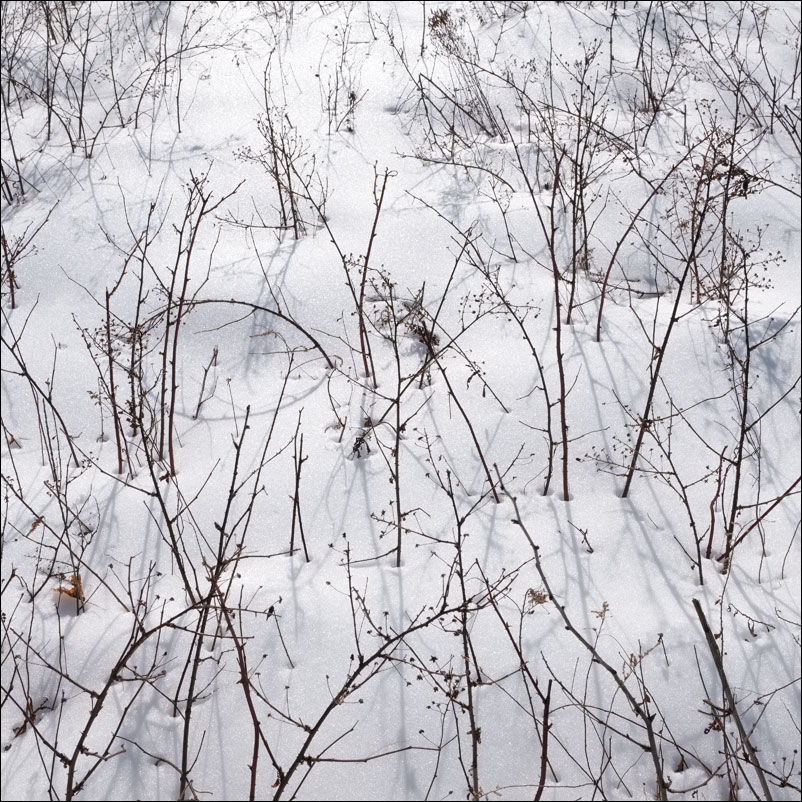 I explored our land this weekend. We have had unusual amounts of rain, freezing rain, and sleet this winter. The snow pack is hard and slippery–normally when I wear snowshoes, it is so I don’t sink too far into the snow, but now I just need the crampons on the shoes to stop from slipping.
I explored our land this weekend. We have had unusual amounts of rain, freezing rain, and sleet this winter. The snow pack is hard and slippery–normally when I wear snowshoes, it is so I don’t sink too far into the snow, but now I just need the crampons on the shoes to stop from slipping.
Our blackberry field is like an abstract painting of hard black strokes on a brilliant white canvas. This is such a stark transformation from what this field looks like in the summer. Click on the image for a larger view.

